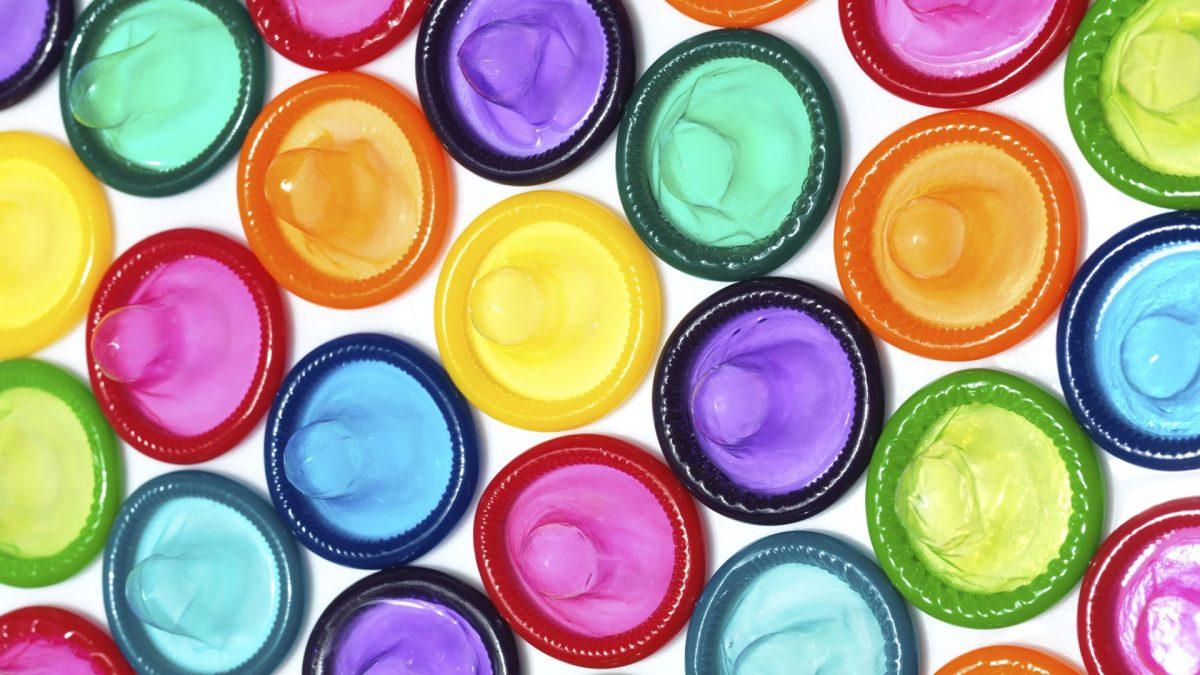Prevention keeps students safe
By Jasmine Alfaro
Staff Writer
In the United States, the controversy over whether or not to distribute condoms in high schools has evoked much debate from school boards and concerned parents. However, it is clear that schools that distribute condoms have made the right choice to protect their students.
Condom distribution in American schools is an effective way to protect teenagers from diseases and unplanned pregnancies. The contraceptives can be provided through sexual education classes, school nurses, or other on-site clinics, at the high school level. Furthermore, offering condoms can be an integral component of the sexual education curriculum.
Providing students with condoms would lower the risks of sexually transmitted infections (STIs). According to the U.S. Center for Disease Control and Prevention (CDC), an average of 40,000 to 80,000 new cases of HIV are reported each year in the U.S., including victims younger than 25 who did not use a condom.
High schools have the responsibility of educating students and guaranteeing a comfortable atmosphere in which professionals can discuss contraceptives with teens. Schools have the opportunity to teach students mutual responsibility, the meaning behind human relationships, and respect for gender roles.
“As a parent and as an educator, I agree [that] sex education teachers […] should be available for counseling and to distribute condoms,” stated Alan Singer, an assistant professor of education at Hofstra University to the Association for Supervision and Curriculum Development (ASCD). “Teenagers who are sexually active need to be able to get [contraceptives] without feeling awkward,” he added.
The topic of condom distribution elicits strong reactions from both parents and students, but those judgments should not be based on the fear that condoms encourage sexual intercourse. Giving out condoms to protect students from the consequences of unprotected sex, if students choose to use them, promotes safety, health, and responsibility for their actions.
A recent survey performed by the CDC revealed that 43 percent of high school students who engaged in sexual intercourse in the past three months did not use any form of contraceptives.
In failing to do so, these teens risked their health and the possibility of unwanted pregnancies, which are dangers that can easily be reduced by increasing condom availability to students.
In fact, a Planned Parenthood study found that when condoms were offered by school programs, sexually active teens were twice as likely to use them, thus insuring a safe experience.
Schools should act in the students’ best interests. The effects of teen pregnancy are long term and range from personal to economic to educational consequences. Providing access to contraceptives empowers teens to have safe sex and be responsible for their actions. Equipping students directly ensures their well-being.


